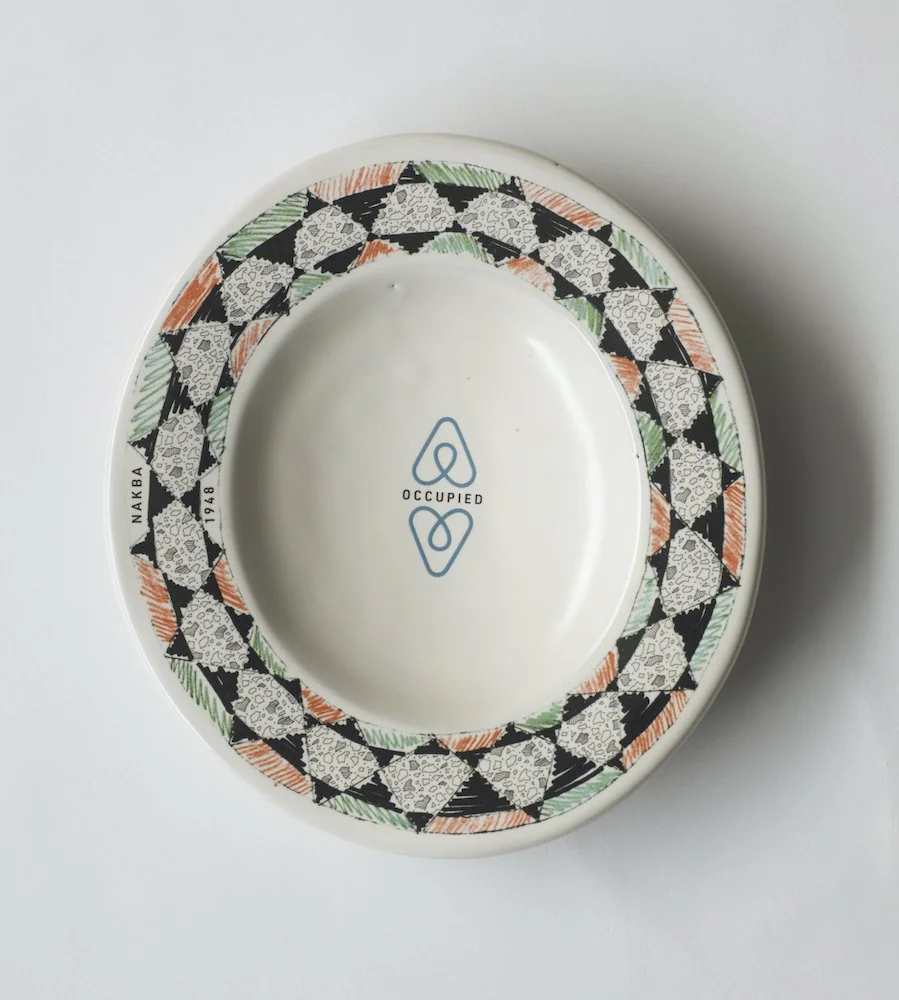No Boundaries: Contemporary Canadian Ceramics at Messums London
The creation of expressive structures using clay has been a part of human history from its very origins. It is no wonder, then, that there should be a wholly Canadian account of this malleable and diverse medium. Messums, a decades-old commercial gallery group, takes up the challenge with No Boundaries, currently on at their London location.
A taster of what’s to come, the current ceramics presentation at Messums London is on until 26 November. The full exhibition will be held at their Wiltshire location in 2022. Until then, the diverse body of works by the three chosen contemporary artists reveal the breadth of Canadian talent today.
Gregory Payce, Mars, installation view
Divorced from their creators, what makes these works Canadian? This is the question ceramics expert Paul Greenhalgh aims to answer. He points to a dedication to the quality of work and an intellectual inquiry that is found in each work, coupled with an angle of pedagogy (all three artists are, after all, teachers in their own right). In viewing these works side by side, I wonder if perhaps the ineffably Canadian quality in these works is also found in their openness and diversity, of a deep understanding of the medium tempered with a playful curiosity that stretches and pushes against the demarcations that contain ceramics. As a Canadian, home to me represents a vastness in freedom that allows one to forge their own directions, a distinct way in which creativity is nurtured that places the contemporary art of Canada in conversation on the world stage. Seen together and individually, the works by Walter Ostrom, Greg Payce and Linda Sormin reveal exactly this.
Linda Sormin in the studio.
Linda Sormin’s tangles of glaze, text and dripping colours, for example, disregard the usual tropes of ceramics to bring together unorthodox components. Her works withhold subtlety, but not to their detriment. The weighty jumble that threatens to tumble down is buoyed by the viewer's desire that the fragility of the materials is not exploited, that the messy forms rendered in delicate ceramics, so easily broken, remain in this state of solidity just as its composition threatens to shatter. The tension between the potential and the actual found in these ceramic works also speak to the grounded issues of migration and survival.
Walter Ostrom, The Lady Macbeth Commemorative Soap Dish Series II Occupied (Be A Host), 2019. Glazed earthward with image transfer.
Walter Ostrom takes his traditions from commemorative ceramics. His ornate plates feature illustrations and text that refer to history and politics, presenting a particularly tongue-in-cheek account of events that denotes a less self-conscious side of culture. His use of clay is centred on the medium’s accessibility, a decisive radicalism that permeates each of his works.
Greg Payce, Mars, porcelain.
Perhaps the most easily consumed works in this trio of artists are those by Greg Payce, whose technical excellence and ability to create illusion from negative space is undeniably clever. Standing alone, his vases are beautiful in their balance and symmetry. Yet it takes another level of technical and compositional understanding to create the forms that reveal themselves between the vases. This blending of the multifunctional medium of clay with optical illusion, the age-old staple in visual culture, makes his works impressively memorable.
Catch this preview before 26 November at Messums London, and mark your calendars for the exhibition next year in Wiltshire.




